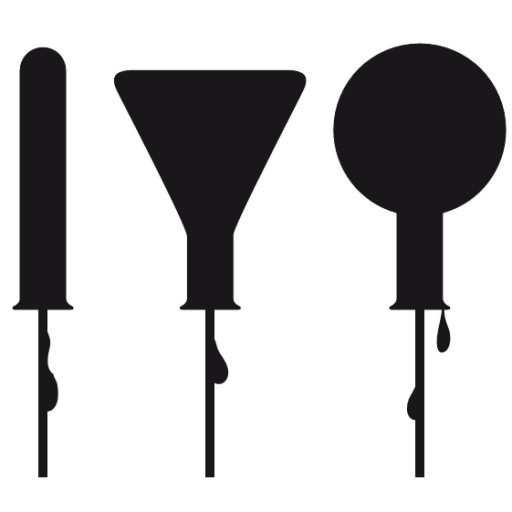
Recently Rated:
Beyond Criollo, Trinitario, Forastero
I looked a little more into cacao genetics, so here are some thoughts on this issue as posted on my blog . Let me know what you think...
When entering the world of high-quality chocolates you immediately get confronted with a number of categories in order to understand or classify a chocolate. There is the technical aspect of the chocolate manufacturer: roasting, conching, adding cocoa butter. But all of this can only enhance or suppress the flavors that come from the cacao bean itself. Prior to fermentation and drying it typically comes with two major labels: geographical origin, and cacao variety. At first that seemed to make sense to me, but the more I think (and read) about it, the less I buy it.
Geographical origin. Lets for a millionth time stress the wine analogy: It is clear that different climates and heights (as well as different soils) could have a big impact on the final fruit and its flavors. All cacao, however, anyway growth in the tropics. Sure, there will be differences between the equator and 20 north or south, but its not that the tropical climate in Asia, Africa and South America differs a lot in its major factors being sun, humidity, temperature. So is it the soil? Honestly, I doubt it. It might play a role but the soil probably varies nearly as much within a continent as it does between continents. So why should an African cacao taste like X , an Asian one like Y , and an American one like Z ? Doesnt make sense to me. My guess would rather be that different cacao tree varieties have been established and evolved in different places.
So now we come to cacao varieties and thats another puzzling thing. There is Criollo and Forastero, and Trinitario which is supposed to be a mix of both. This classification dates back to the 1940s and has now become the standard for categorizing cacao varieties in the business.
Too bad that it turns out to be much more complicated. For many fruits and vegetables, varieties are fairly well classified, meanwhile of course genetically as well. Not for cacao. This brings practical issues such as how to check if a 100% Criollo bar is really 100% Criollo if you actually cannot decide on what tree still produces pure Criollo beans. Thinking of high-end chocolates it probably also means that the classification is too coarse to account for the huge variety of possible flavor differences.
Over the last decade scientists have tried to use genetics to better understand where cacao comes from, how it evolved, and what the different current (and past) varieties are (and were). In 2008, a group of scientists presented a thorough genetic analysis of cacao bean varieties from South and Central America and concluded that it makes sense to at least distinguish 10 varieties. They labeled them Maraon, Curaray, Criollo, Iquitos, Nanay, Contamana, Amelonado, Purs, Nacional, and Guiana. Besides Criollo, you might have heard of Amelonado and Nacional. All other terms are not common use (yet?).
Those findings do not necessarily contradict the common three categories Criollo, Trinitario, and Forastero, but they strongly indicate that especially a category as Trinitario could be far too broad to do the diversity of its members justice. Or what do you think?
References:
- Motamayor JC, Lachenaud P, da Silva e Mota JW, Loor R, Kuhn DN, et al. (2008) " Geographic and Genetic Population Differentiation of the Amazonian Chocolate Tree (Theobroma cacao L) ". PLoS ONE 3(10): e3311.doi:10.1371/journal.pone.0003311
- Louis E. Grivetti, Howard-Yana Shapiro (2009) "Chocolate - History, Culture, Heritage"
